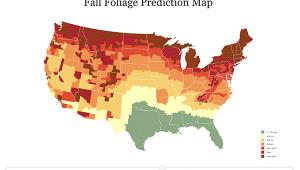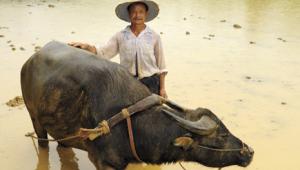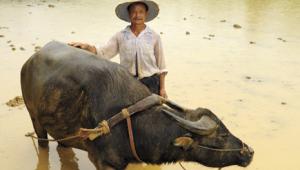Shooting From Canoes And Kayaks; Gear, Prep, And Image Ideas Page 2
Kawishiwi River |
|
 |
|
|
Planning a float trip on a lake or series of lakes is similar to planning a hiking trip, with the added convenience of loading pounds of supplies and camera gear in a boat rather than on my back! Keeping weight to a minimum is still necessary, however, especially if portages are involved.
Nina Moose Lake |
|
 |
|
|
Planning a float trip on a river, on the other hand, can be considerably more complicated, since backtracking is usually not an option. Possibly the easiest solution is to work with a shuttle service or outfitter. The obvious advantage is the ease of getting back to the launch site parking area (or wherever your vehicle is). The problem is that these services aren't always available when a photographer might need them (e.g., 4:00am and 11:00pm), nor are they available everywhere. If a second vehicle and driver are available an easy option is to leave a vehicle at the exit point before the trip starts. I've also left a bike at the exit point, which would have worked better if the bike trail and the parking area would have been on the same side of the river.
Islands In Kabetogama Lake |
|
 |
|
|
There are so many places I've found that can only be enjoyed and photographed with the aid of a canoe or kayak that my canoe has become one of my more important pieces of equipment. From sheer bluffs along a hidden stretch of river to the moon setting over a secluded lake, there's a whole world waiting to be explored while on the water.Transportation provided by a 16.5-foot Wenonah canoe for all photos.Clint Farlinger can be contacted via e-mail at cfphoto@rconnect.com or through his website, www.agpix.com/farlinger.
- Log in or register to post comments

















































